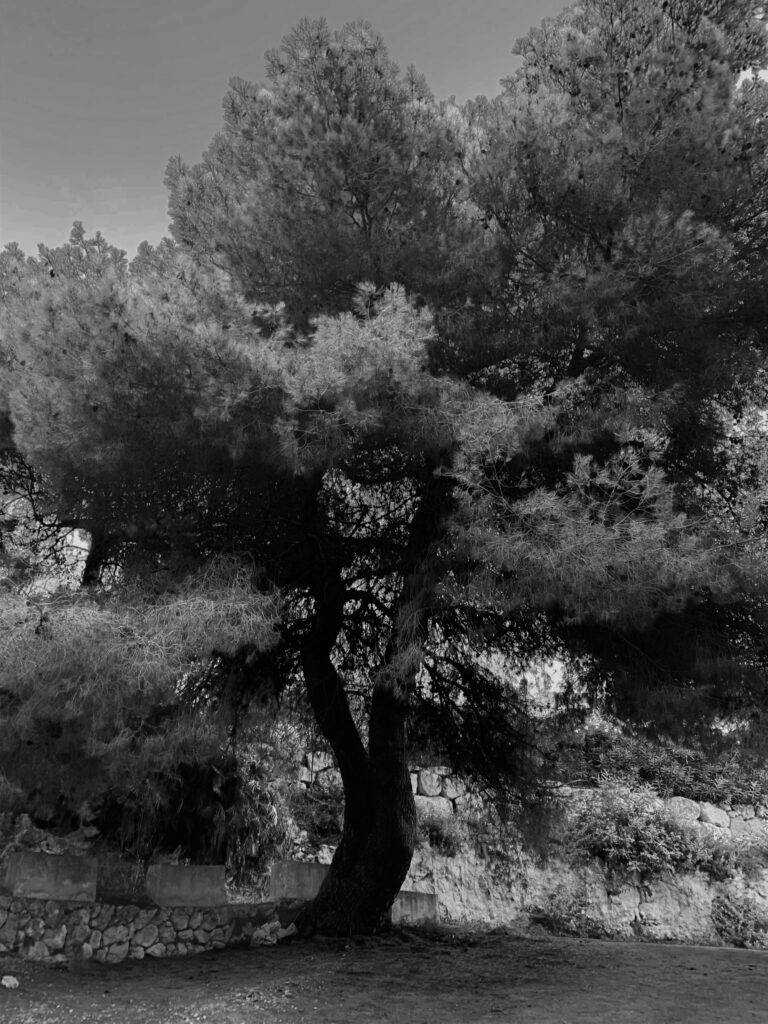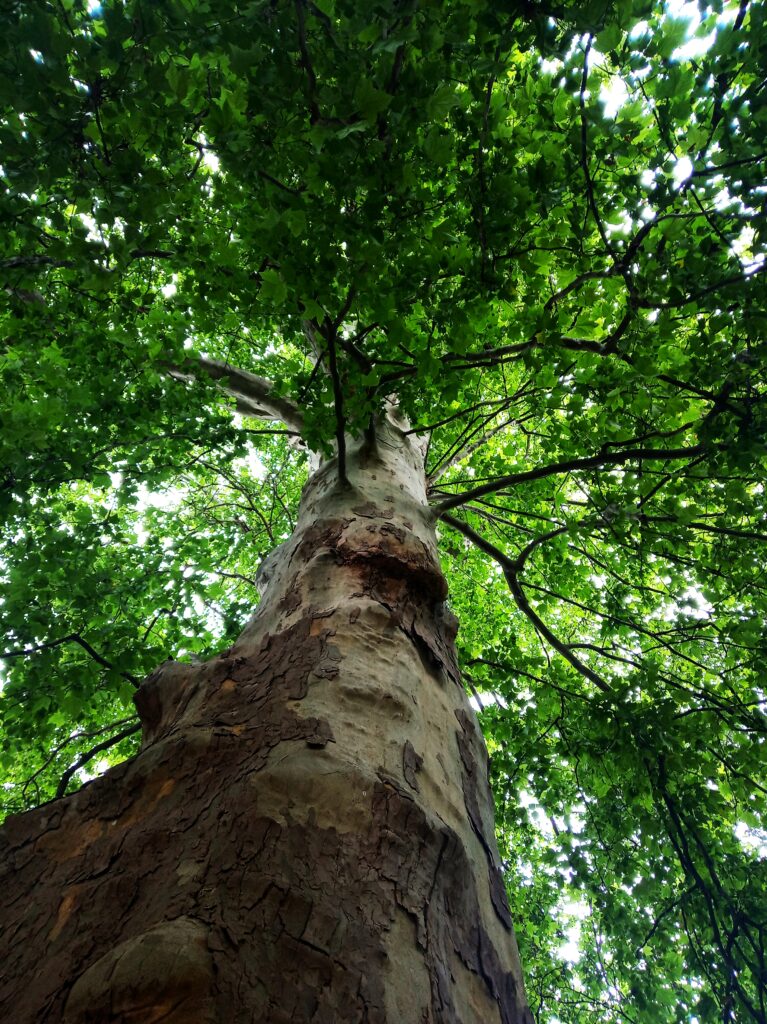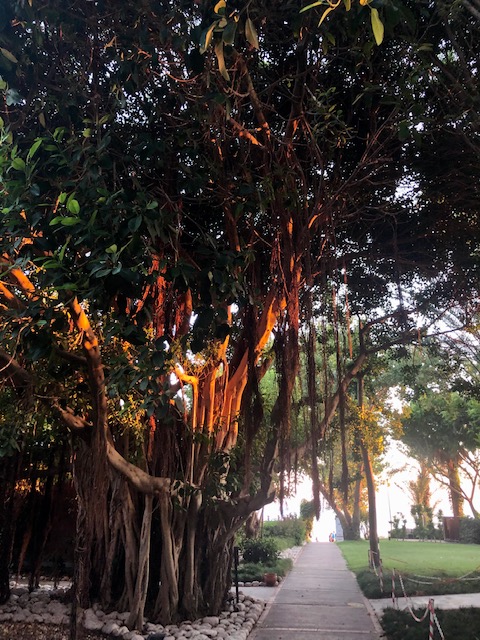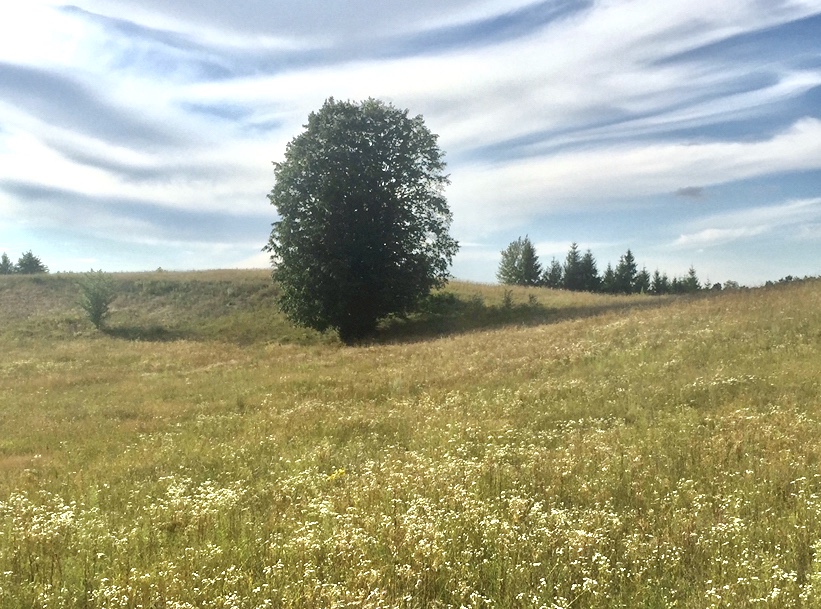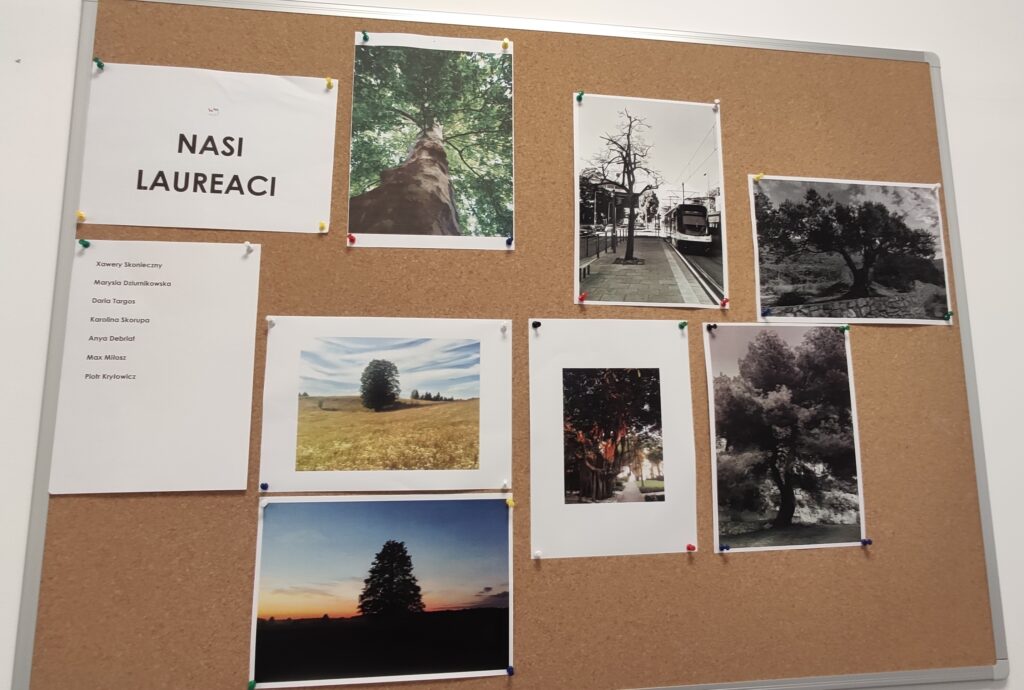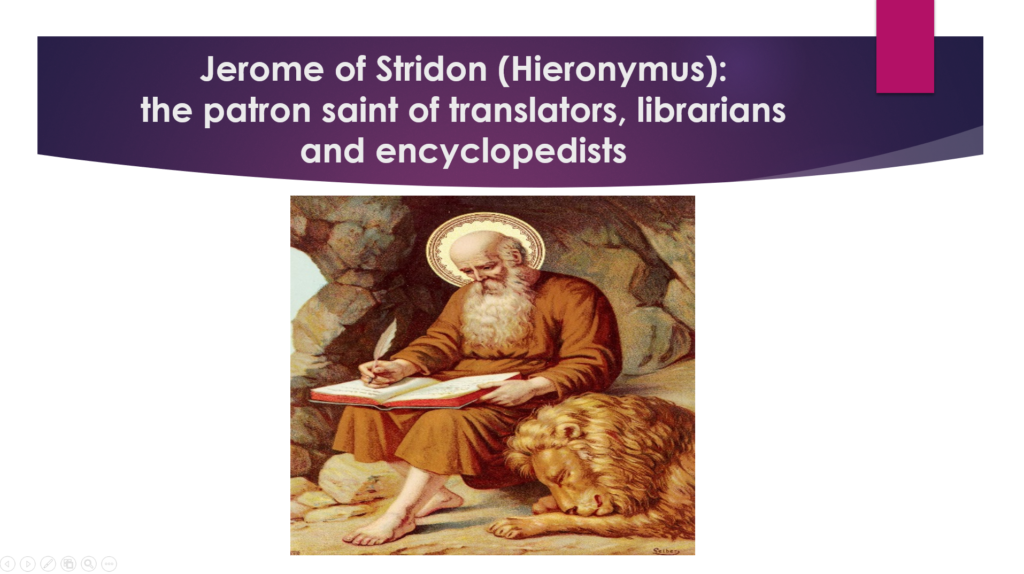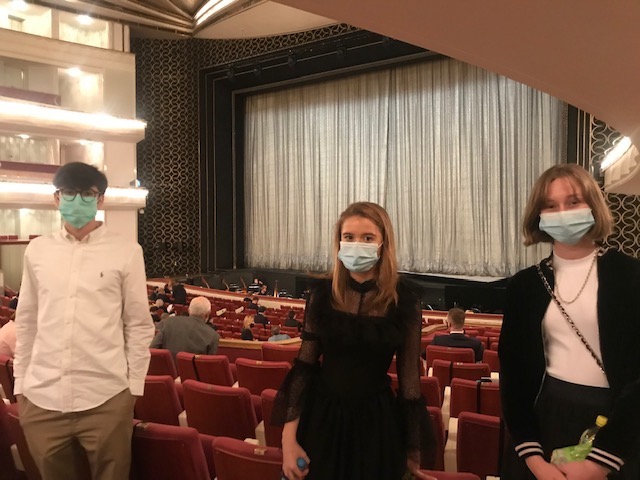Autumn in WMHS
Student Photo Contest – September 28
The students were invited over the summer to go out and take artistic photographs involving trees. We had the pleasure of having photographer Tomek Sikora join us on the committee for judging the submissions with our art department. Congratulations to all the photographers and especially our laureates.
Translators Day -October 1st
On the 1st of October we formally celebrated Translators Day. We began with a contest translating a piece of work, and then were happy to welcome Mateusz Białas for a talk and workshop. As a school where we study many languages such as German, French, Spanish, Polish, English, and Latin, we can appreciate the art of translating well.
The winner will be announced on the 14th of October.
Our visual arts group visited the Foksal Gallery where there is an exhibition of the figurative painter Dominika Kowynia, born 1978, called Narrow Passage. Her paintings are beautifully executed in pure hues and are disturbing, uncomfortable, and show the disintegration of the world we live in. The apocalyptic atmosphere that comes from some works causes one to think about oneself, one’s family, and the world. The paintings are full of melancholy, but they seduce the viewer with their mystery.
The group also visited the notorious installation at the National Museum titled Poisoned Well by Jerzy Kalina. “Zamiast patosu wyszedł efekt groteskowy”. Students had a difficult time to understand the message of this piece of art. They found it almost funny, partially due to the poor installation which was already damaged by the water it was meant to hold.
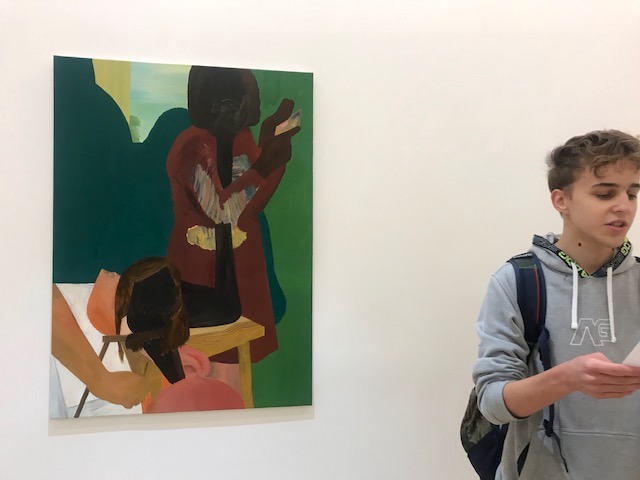
Jules Massenet’s opera “Werther”
We managed (!) to see Jules Massenet’s opera “Werther” at the National Opera in Warsaw just before the school closed. This masterful performance by Willy Decker, carried over from the Prague national opera house, was a great artistic event in this difficult time of the pandemic.
The libretto of “Werther,” based on the famous book The Sorrows of a Young Werther by Johann Wolfgang von Goethe (1776), is built on the opposition of two forces: romantic, unhappy love and the fulfillment of the marriage obligation resulting from the bourgeois culture of that time. Nature, as in the case of romantics, adds drama and is the background of the characters’ actions. What is beautiful in this staging is the play with colors and light on an ascetic stage, devoid of unnecessary props. The first two acts take place in summer – warm colors, the hero’s yellow tailcoat, the last two in winter – cold, blue and pale colors.
The orchestra was conducted by Patrick Fournillier, an expert on French opera, and the famous aria “Pourquoi me réveiller” from Act 3, as usual, moved.
Now we can only wait for the next such successful productions.



